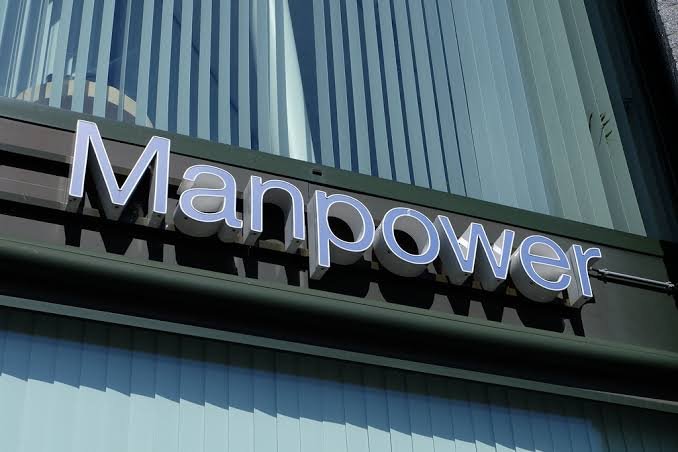Procedure of Induction job placement


Induction programme in an enterprise may be formal or informal depending upon the size of the organisation and the complexity of the individual’s new environment. There is no model induction procedure. Each industry develops its own procedures as per needs. The procedure basically follows the following steps:
1.First of all, the new person needs time and a place to report to work.
2.Secondly, the supervisor or immediate boss should meet and welcome the employee to the organisation.
3.Thirdly, administrative work should be completed. Such items as vacations, probationary period, medical absences, suggestion systems should be covered.
4.Fourthly, the departmental orientation can be conducted. This should include a get-acquainted talk, introduction to the department, explanation of the functions of the department and job instruction andnto whom he should look for help when he has anynproblem.
5.Lastly, verbal explanations should be supplemented by a variety of printed material, employee handbooks, flayers, employee manual, house journals, picture stories, comics, cartoons, pamphlets etc. along with short guided tour around the plant.
Induction Practices
Following are important induction practices which are generally used in any industry:
by the personnel department with information on what in-
1. Induction Guide- Such guide books are prepared duction steps have been taken and what are still to be covered. Various steps to be taken and by whom and when the instructions are to be given are mentioned in the guide book.
2. Counselling- The supervisor may induct the new employees working under him by introducing and counselling them.
3. Tour of Plant- A tour of the plant and department is arranged to acquaint the new employees with the overall operations of the company.
4. Follow-up Interview- By follow up interview per-
sonnel department can take action to readjust conditions, dispel fears and gain their confidence.
Problems of Induction
An induction programme can go wrong for a numberof reasons. The HR department should try to avoid such errors. Some of them are:
1.Supervisor who is entrusted with the job is not trained or is too busy.
2.Employee is overwhelmed with too much information in a short time.
3.Employee is overloaded with forms to complete.
4.Employee is given only menial task that discouragenjob interest and company loyalty.
5.Employee is asked to perform tasks where there are high chances of failure that could needlessly discourage the employee.
5.Employee is forced to fill in the gaps between a broad orientation by the HR department and a narrow orientation at the departmental level.
7.Employee is thrown into action too soon.
8.Employee’s mistakes can damage the company.
9.Employee may develop wrong perceptions because of short periods spent on each job.



